The Cenotaph
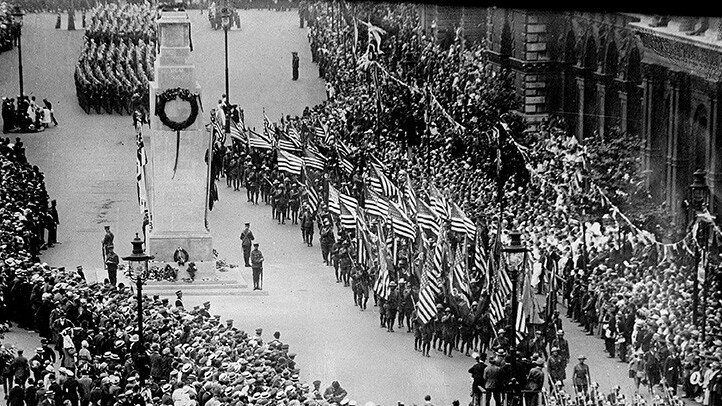
The Cenotaph
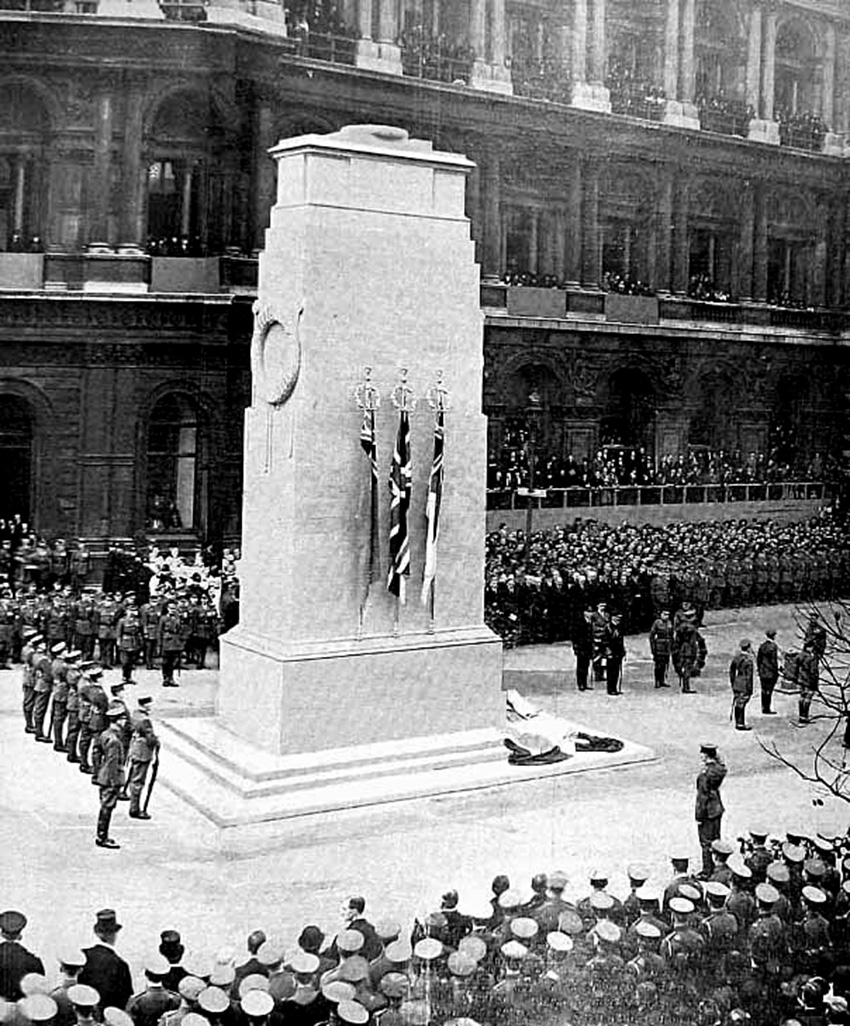
The Cenotaph sits in the middle of Whitehall in central London, sculpted from pale coloured Portland stone. Architecturally, it is described as a pylon (a word taken from Egyptian architecture) with an empty tomb on top of it. The ancient Egyptian pylon represents the hieroglyph the akhet – the horizon "between which the sun rose and set" and it is thus symbolic architecture associated with the place of re-creation and rebirth.
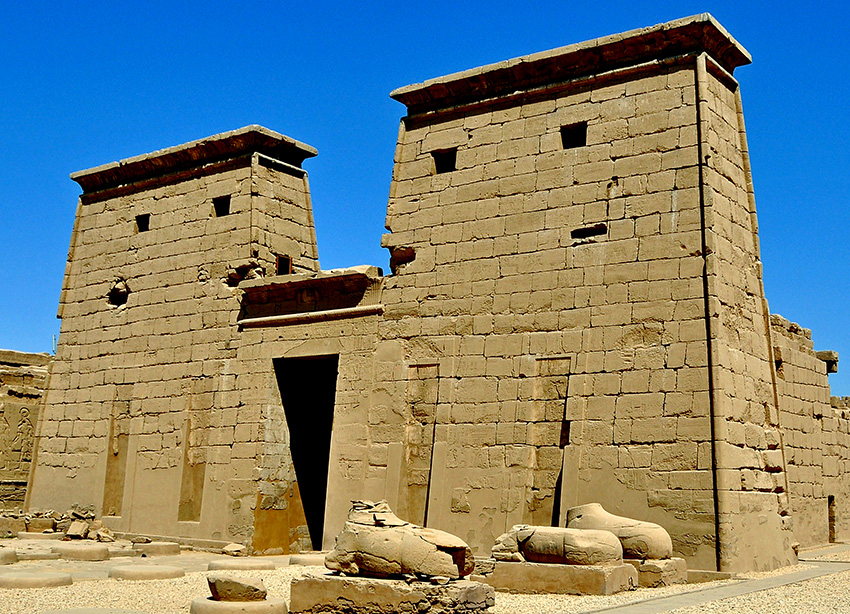
It was unveiled in 1920 as the United Kingdom's national memorial to those from Britain and the British Empire who died during the First World War. Tragically, only 26 years later it had to be re-dedicated to include the dead of the Second World War and since then it has come to represent Commonwealth casualties from later conflicts as well.
King George V led the procession in a ceremony which both unveiled the Cenotaph and repatriated the body of the Unknown Warrior, an unidentified British serviceman who was to be interred in Westminster Abbey, as a symbolic grave for all those who did not have one.
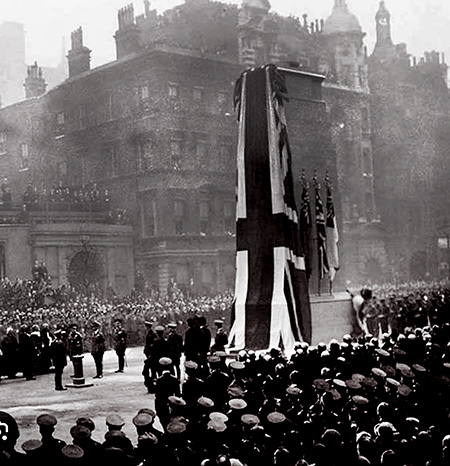
The word cenotaph is derived from Greek, meaning 'empty tomb'. Most of the dead of WW1 were buried near where they fell leaving the bereaved families without a grave at which to mourn. The Cenotaph therefore was designed to be a universal focus to symbolise these lost men, many of whom were no more than boys. War is always bitter but the roll call of WW1 is particularly devastating. Here at Highclere alone, it is one brother after another with whole families torn apart.
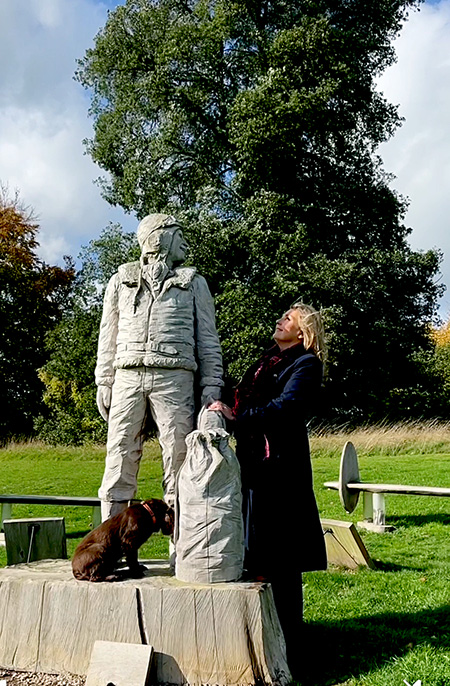
Then, too quickly, there were the equally appalling losses of WW2. A carved cedar wood statue of an airman marks the young men who died in the skies above Highclere but it is their individual stories which bring their bravery to life.
Jake Bukeima died here on May 5th 1945 and is one of the US airmen buried in the American Cemetery near Cambridge. His grandmother wrote in her diary - Oct 19th 1945 -“Today is Jake’s birthday. He would have been 21 years old” . Instead, there are immaculate rows of carved white crosses amidst beautiful fading autumn trees. Just as in the First World War, thousands of names of men, of brothers, sons and fathers, are carved into a wall of Portland stone because they sleep in unknown graves.
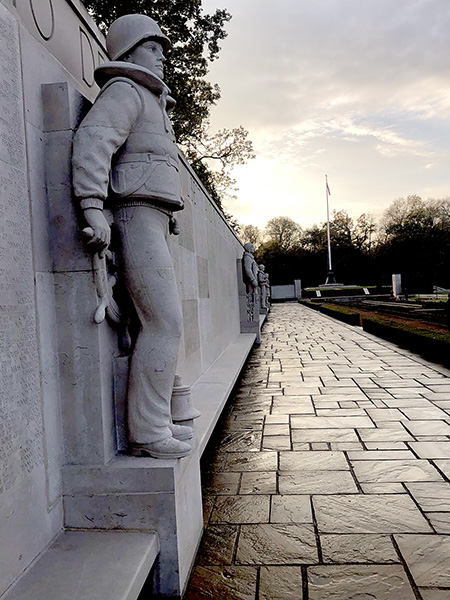
Walking along the wall, I read the words written by President Dwight D Eisenhower who as a soldier commanded the Allied troops on D-Day:
“….the Americans, whose names here appear, were part of the price that free men have been forced a second time to pay in this century to defend human liberty and rights… Here, we and all who shall hereafter live in freedom will be reminded that to these men and their comrades of all the Allies we owe a debt to be paid with grateful remembrance of their sacrifice and with the high resolve that the cause for which they died shall live eternally.”
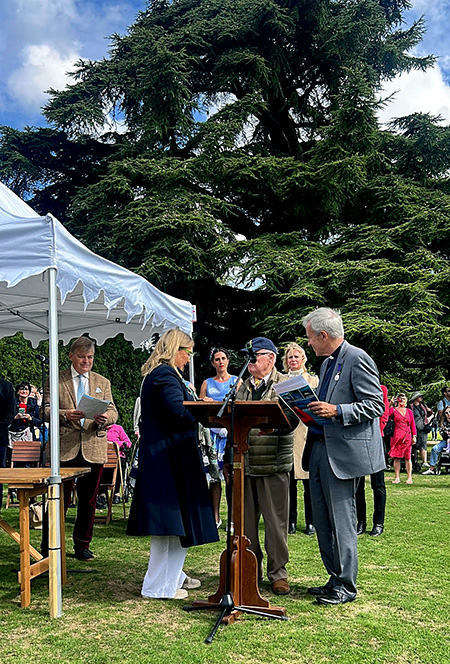
One of my most prized books is one which Geordie gave to me of the letters of Wilfred Owen, a teacher turned soldier who died just before the peace on the 11th November 1918. He, and all the other war poets, left us such an extraordinary body of poetry, a legacy which remains hard to read, to absorb the grief of “the undone years”.
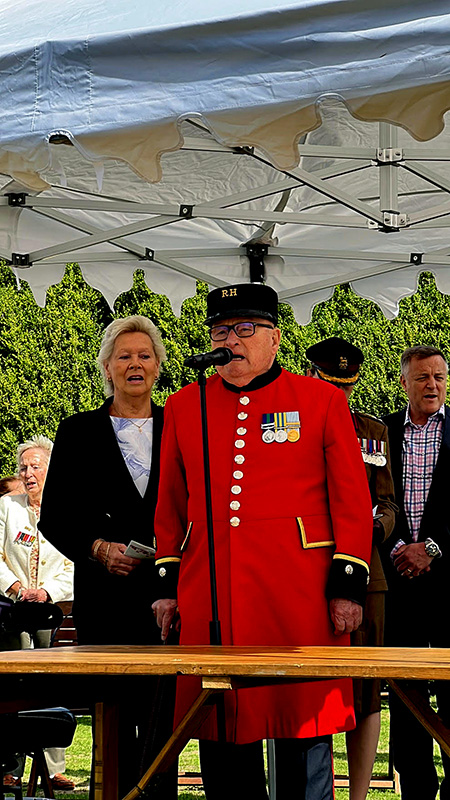
We do owe them our respect, our gratitude and our time and it is for them, as much as for ourselves, that we should strive to be peacemakers.
In our service here during our recent event to honour those who serve and those who save, Rev Dr Richard Warden concluded with the Kohima Epitaph:
"When you go home, tell them of us and say,
For your tomorrow, we gave our today."
32 Comments
Lady Carnarvon,
Well said, thank you.
That was wonderful! I've got a slightly oblique story about cenotaphs.I used to be involved in on-line research about the American Civil War. A lot of it involved inquiries about ancestors. A lot of people insisted that their veteran ancestor was buried in the village cemetery and were wondering how their body got shipped from, say, Virginia back to Maine. I ,sadly, had to tell them that the body was not shipped home and that the grave marker was a cenotaph.
Just lately, I assisted my niece when my brother-in-law passed. He was cremated and had ashes scattered in two locations. He was a veteran and was eligible for a veteran'sgrave marker. Fortunately, village cemeteries are rent-free in Maineif one lived there or the family is buried there so, I told her to get the marker and place it in the family plot! Cenotaph!I revived a forgotten tradition!
A memorable read thank you ,
They will never be forgotten
And such an interesting read ,
Dear Lady Carnarvon,
O often wondered about the origin and meaning of the Cenotaph. Thank you for your highly informative piece.
A great tribute to the many who unselfishly gave their lives for freedom. We shall never forget!
Excellent post and did you and lord Carnarvon have a wonderful weekend and lam fan of Downton Abbey and highcelere castle
Yesterday I went to a cemetery here in Mesa Arizona where 23 RAF pilots are buried. Each year the Union Jack and the American flags
are displayed on each grave. The pilots came here to train in WW11 and never went back home.
It is a very moving ceremony, poems are read , wreaths laid, both National Anthems are sung, bagpipes play Amazing Grace and a flyover with a missing man formation. One plane flying to the west.
I took my poppy from the 2014 Tower of London exhibition and placed it at the base of a tree dedicated to Her Majesty Queen Elizabeth and took a picture. Several English people there also photographed it.
I am originally from England and it makes me feel a little closer to home.
Heartfelt and sobering of the sacrifices made….well written Lady Carnarvon.
Lady Carnarvon,
John McCrae's "In Flanders Fields" was a poem that everyone knew, at least it seemed so as a child. Wilfred Owen was a name I had never heard until the centenary of WWI and my research into our family tree. As you say, his work is difficult to read but tells the hard truths.
I also came across "And We Go On" by Will R. Bird. First published in 1930, then long out of print until it was reissued in 2014. Like Owen, this young man from Saskatchewan wrote an uncompromising portrayal of the war experience, "hailed by many veterans as the most authentic account of the war experience".
Our understanding, honouring and remembering are so very important today and always. Thank you for your history works.
Lady Carnarvon,
As a Veteran’s wife, this article makes me wistful of the lives of young men, and later women, whose have lost in service to their country before they could enjoy life in later years. We try to honor them with our Remembrance Days, indeed, Thank you for this article about Cenotaph. I didn’t know.
Martha
You do so much to honor and remember veterans, thank you! It is an inspiration.
Akhet.....The Horizon
It's the day to remember
It's the day to never forget
Akhet
Family born
Family is here
Family sacrifice
Akhet
My father fought in the Korean War
My Uncle fought in World War II
My grandfather fought in World War I
Some go and some come back from war
We are all grateful for our freedom.
We are truly thankful for peace in our time
We will never forget the many who had given their all for freedom.
I really appreciate your words Lady Carnarvon
Honor and respect for those who fell in war!
Dear Lady Carnarvon:
Thank you for this Monday's blog, brief history lesson, and for
honoring and remembering those who gave their all.
Perpetua Crawford
P.S. Today, we have our own remembrance of the wreck the the SS "EDMUND FITZGERALD", listen to Gordon Lightfoot's Ballad of the same name for storyline.
Wonderful and touching. Thank you Lady Carnarvon
I wonder if the Current Britians and Americans would lay their lives down for their countries? We both have Volunteer Military now.
History is a strange bedfellow. I hope the younger generation learns about their History.
Thanks for the remembrance and reminding us that, "freedom is not free".
My Father's Dad was a LCpl in the US Marines, France WWI, my Dad was a Sgt, in the 45th Infantry Division, in Italy, France and Germany and I was a Captain in the 25th Infantry in Vietnam. My Dad spent over a year in combat and ended up having his feet frozen not long after he entered Germany. He was sent back to Air Base Depot #2 in England to await the end of the war.
Veteran's Day, is a special day for my family. Thanks
In this day and age of strife, chaos and war, bringing home the remembrance of those who have given their lives to the countries they loved and left behind.
In Canada, we remember our own with the poignant "In Flanders Fields" by Canadian physician and soldier Lieutenant Colonel John McCrae in WWI, and wear the symbolic poppy in memory to our fallen.
My dear maternal grandfather was an underground messenger in his youth in The Netherlands in WWI. I will remember him Always.
A Fantastic Blog Lady Carnarvon of the selfless sacrifices of the Men and Women that served in the WW1 & WW2 and of the tremendous loses from both wars and the losses from wars and conflicts since, but thankfully to not as large an extent as these wars especially WW1, where as they are called the Lost Generation, we as a nation and a commonwealth owe our freedom and liberty to the Lost Generation and the Greatest Generation in their honour we should not forget and they should never be forgotten.We will remember them.
Thank you
Thank you, Lady Carnarvon, for another post
from the heart.
I have been to this cemetery just outside Cambridge. I didn't know it was there! Impressive and beautiful location for our US loses.
I have just finished researching two of my Irish Ancestors.
One with the 1st Battalion, Queen's Own Cameron Highlanders who sadly was wounded and passed away at age 31
His brother, with the 2nd Bn.Highland Light Infantry also wounded passed away at age 19 within a month of his brother."
How my Great Grandmother must have suffered.......Mothers everywhere. We Owe them so much.
Thank you so much for sharing the story of the Cenotaph......Angela
My next door neighbor, James Bayhnam, was a 20 year old pilot for the Kessel Bombing Raid sent from England during WWII.
It was the worst bombing raid failure during the war. Jim was the only survivor of his plane, was wounded and captured, and
in a German prison camp until the end of the war. I don't remember how many planes were lost but it was a huge tragedy. Jim
is an amazing centenarian still looking like a very handsome airman. The American actor, Jimmy Stewart, was the U.S. Commander
of their base.
Very nice remembrance post and with historical information. I have visited the American Cemetery in Cambridge and was so moved because my mother who was in her 80"s start met a couple her age and they shared their memories of the the War Years. It was sp powerful to listen to their conversation.
I'm another Angela with Irish ancestory - I have long treasured the poems of Wilfred Owen. He gave me my first real insights into the realities of war.
I visited the American Cemetery in Normandy last month. It was quite a sobering experience, as the American Cemetery I visited in Nettuno. Seeing all the white crosses and knowing there are so many more around the world makes one appreciate theirs and their families' sacrifices for our freedom. Thank you for writing about the Cenotaph in London. I was fortunate to see the one in Luxor, but missed the one in London. Your blogs are wonderful lessons on British and worldly topics.
WOW I love this story! I was an Air Force brat. My dad was in the Korean War. I miss him so much. I have been blessed to visit London several times after doing missionary work in Africa.
Lady Carnarvon,
thank you for this explanation. I love watching the Remembrance Sunday ceremonies at the Cenotaph in London every year. Of course, the American Auxillary sells them in the USA for Memorial day over here, celebrated the last weekend in May, but you do find the odd person wearing them today here too.
Sadly, this seems to be a thing the younger generations are not doing as much. This is going to have to change.
Have a good week.
Dear Lady Carnarvon,
Your blog was especially moving for me. My daughter and I visited Highclere at the end of August, and when we came upon the incredibly detailed carved ceder wood statue of the young airman, I was rooted to the spot, and I stood for what seemed an absolute age, gazing into the face of this young man. The longer I looked at him, the more alive he seemed. My family, like so many families, have been touched by war. My dear uncle was a Japanese prisoner of war for four years, his brother was a German prisoner of was for six years. Another uncle of mine was a Royal Air-force pilot who flew several reconnaissance missions during WWII, thankfully they all came home; sadly, they were never the same men. It was incredibly poignant to see the tribute to the fallen at Highclere. Thank you.
Thankyou..
I aporeciated the history
We will remember them..
Heartfelt and sobering thank you.
always Jenny
Leave a Comment
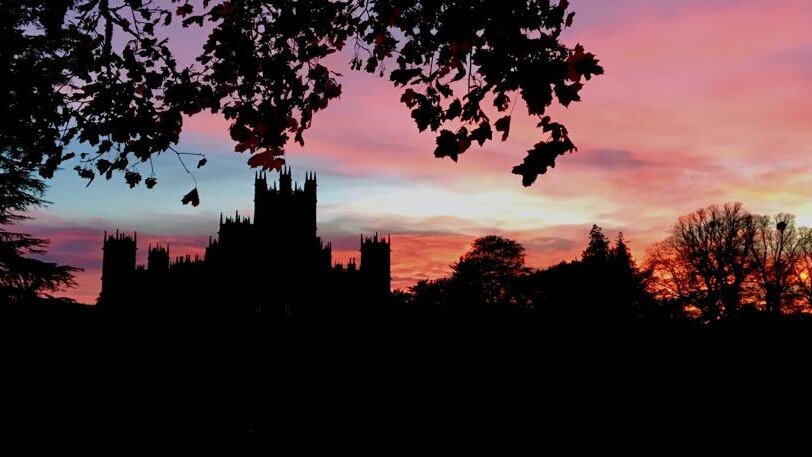

- Christmas
- Community
- Dogs & Horses
- Egypt & Tutankhamun
- Entertaining
- Farm
- Filming
- Gardens
- History & Heritage
- Daily Life
- Royalty
- Cooking
- Interiors
- Heroes
- Architecture
- Cars
- Conservation
- Downton Abbey
- Events
- Gardens & Landscape
- Highclere Castle Gin
- History
- Planes
- Restoration
- Stories & Books
- Uncategorized
- Visitors
- Wildlife

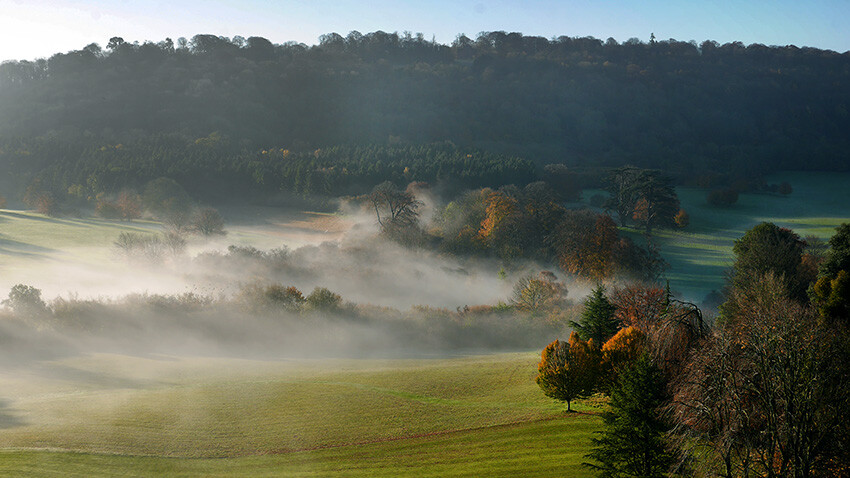
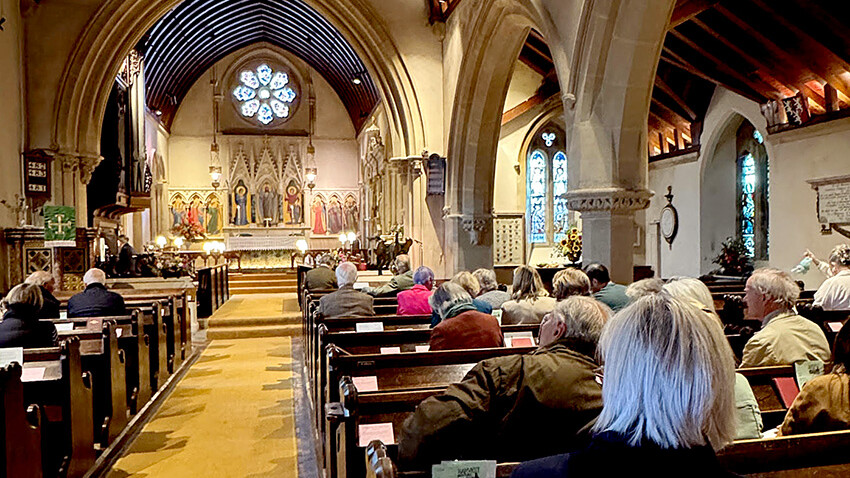
Excellent post, Lady Carnarvon, and timely as it landed on the 250th birthday of the US Marine Corps. As a retired Marine, on this day each year, I raise a glass to friends long since gone and to all who served in every aspect. I extend that toast to you and yours:
May your days be vibrant,
your evenings calm,
your heart safe and warm at home.
Semper Fi
Well said and lots to think about, when we have such a beautiful country!